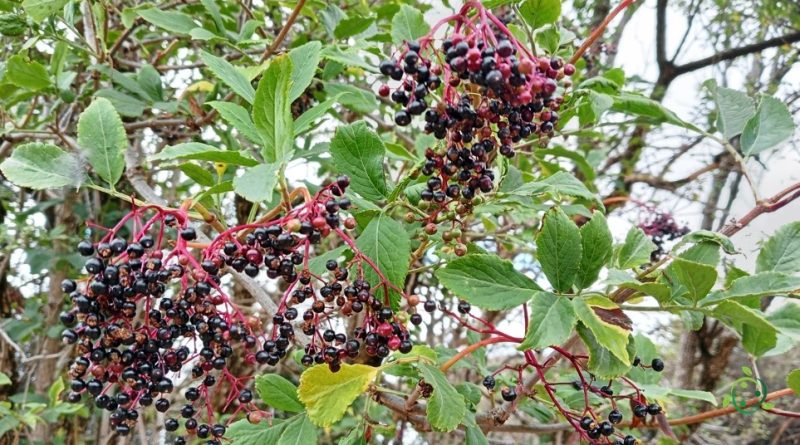Reproduction of Elderberry
Reproduction of Elderberry
The common elderberry (Sambucus nigra L.) is a plant of the Adoxaceae family native to an area that goes from Europe to Turkey.
Suitable breeding habitat –
Sambucus nigra is native to Europe up to Turkey, up to northern Africa and western Asia. It is present as far away as the British Isles and has been introduced to parts of most other continents of the world.
This plant is widespread in Italy, from the plains up to 1400 meters above sea level, especially in ruderal environments (banks, roads, railways, etc.), in humid woods and on the banks of waterways.
Propagation –
Sambucus nigra is a plant that grows spontaneously in areas with hedges, bushes, woods, roadsides, free places, etc., especially on disturbed soils, rich in bases and rich in nitrogen.
It is a very easy plant to grow, tolerates most soils and situations, growing well on chalk but prefers moist clay soil.
It tolerates air pollution.
Sambucus nigra can be propagated gamically or agamically.
Propagation by seed is a relatively simple process. Elderberry seeds can be harvested from ripe fruit and planted in well-drained soil. It is advisable to place the seeds in a container with potting soil, cover them lightly with a layer of potting soil and keep them moist. After a cold stratification period, which can last from several weeks to several months, the seeds should begin to germinate. When the seedlings are old enough to handle, they can be transplanted into pots or open ground.
Propagation via cuttings is another option. Elderberry cuttings can be taken from strong, healthy branches of the mother plant. It is recommended to cut the cuttings about 15-20 cm long, removing the leaves at the bottom. The cuttings can then be planted in a moist, well-drained soil or rooting medium, keeping the humidity constant. After a few weeks or months, roots should develop and the cuttings can be transplanted into pots or open ground.
Root division can be used to propagate elder elderberry. This method involves digging up and separating the bush into smaller portions, making sure each portion has a set of healthy roots and a few shoots. The divisions can then be replanted in new locations and cared for as distinct plants.
It is important to note that elderberry is a vigorous plant which tends to propagate spontaneously thanks to its seeds which can be disseminated by birds. Therefore, in some areas, elderberry may appear spontaneously and the option of letting it grow naturally instead of actively propagating it may be considered.
Ecology –
Strongly scented flowers in wild populations of S. nigra attract numerous tiny flower thrips which can contribute to pollen transfer between inflorescences.
The fruits are an important food for many frugivorous birds, especially the blackcaps. Ripe elderberries are a favorite food for mammals and birds.
Furthermore this plant provides a good habitat for large and small mammals, as well as nesting habitat for many birds and for breeding some butterflies.
Except for the flowers and ripe berries (but including the ripe seeds), all parts of the plant are poisonous to mammals, containing the cyanogenic glycoside sambunigrin (C14H17NO6). The bark contains calcium oxalate crystals.
However, due to the beneficial properties of its flowers and berries, the elderberry is widely used in herbal medicine.

